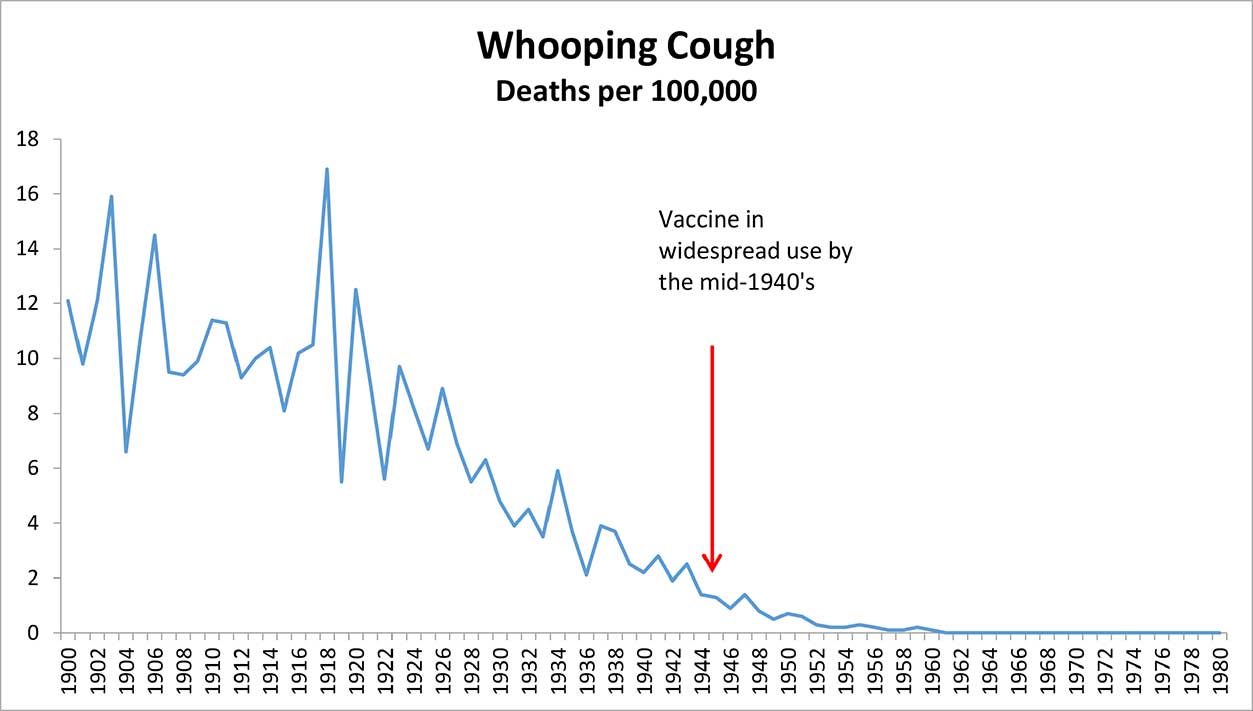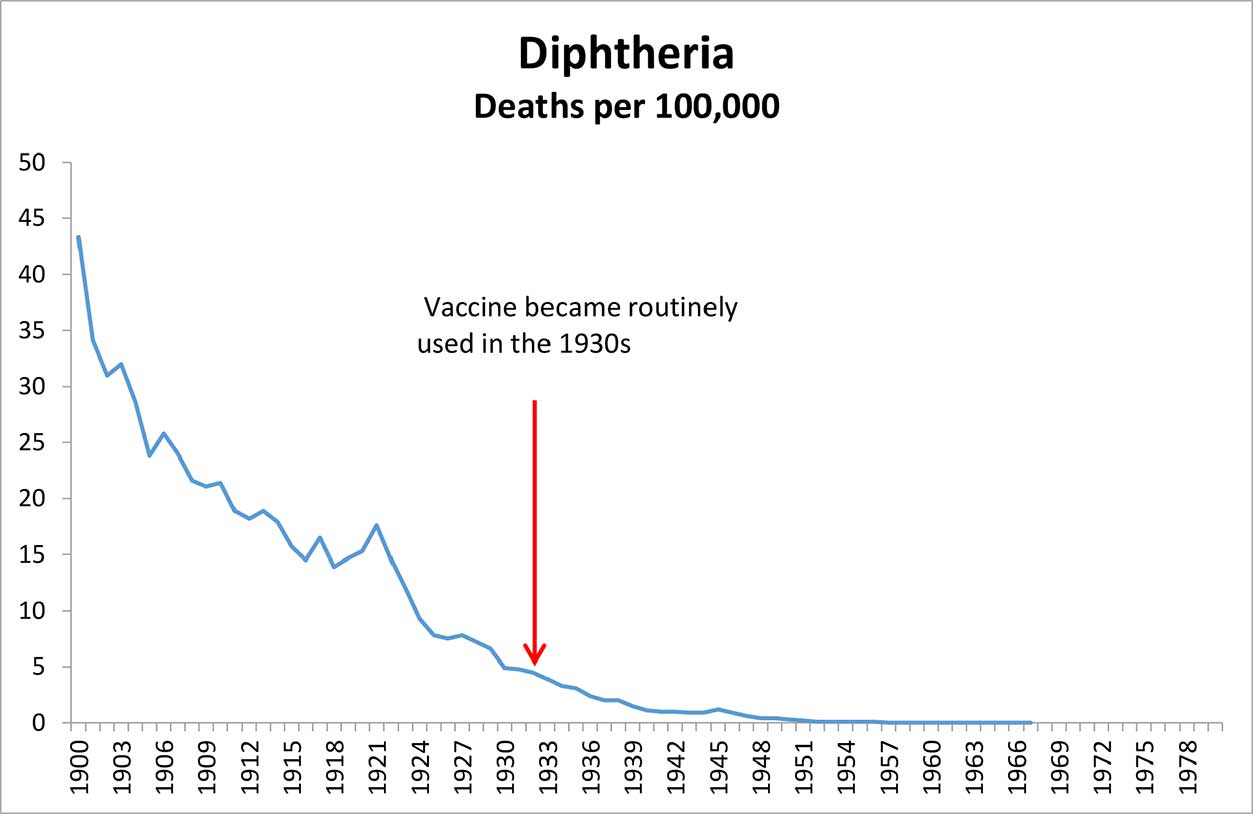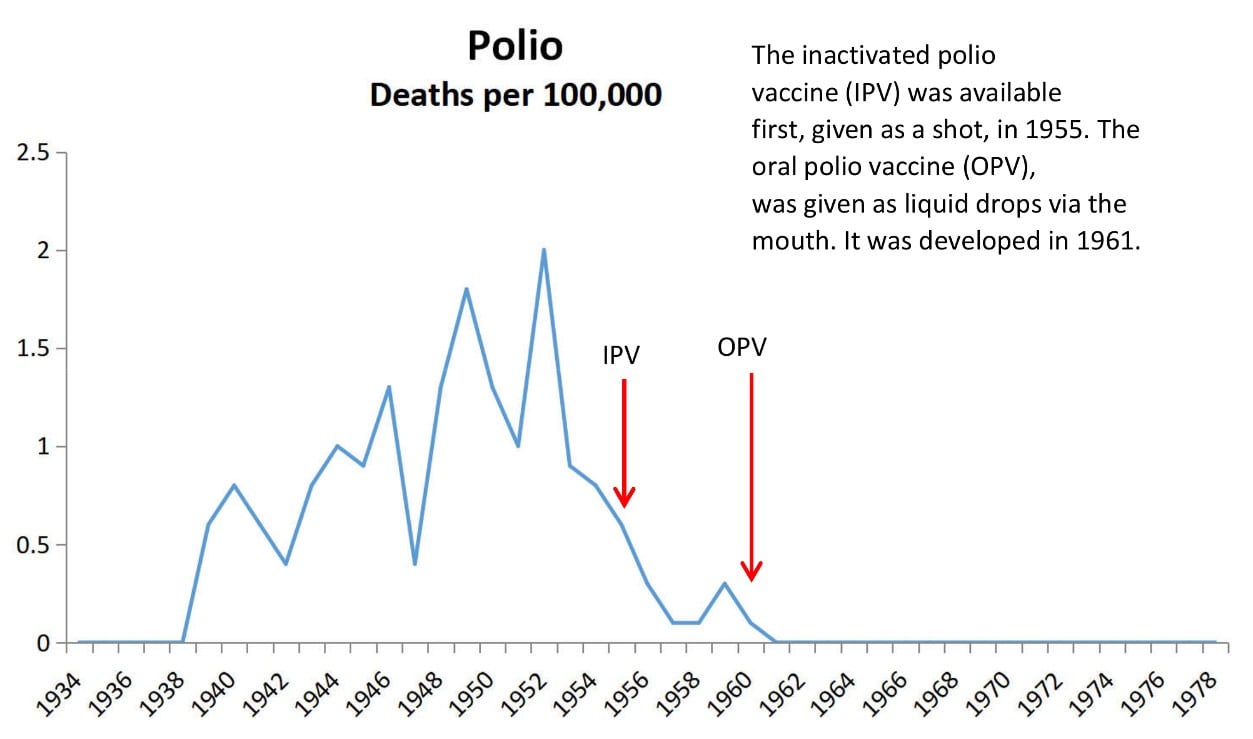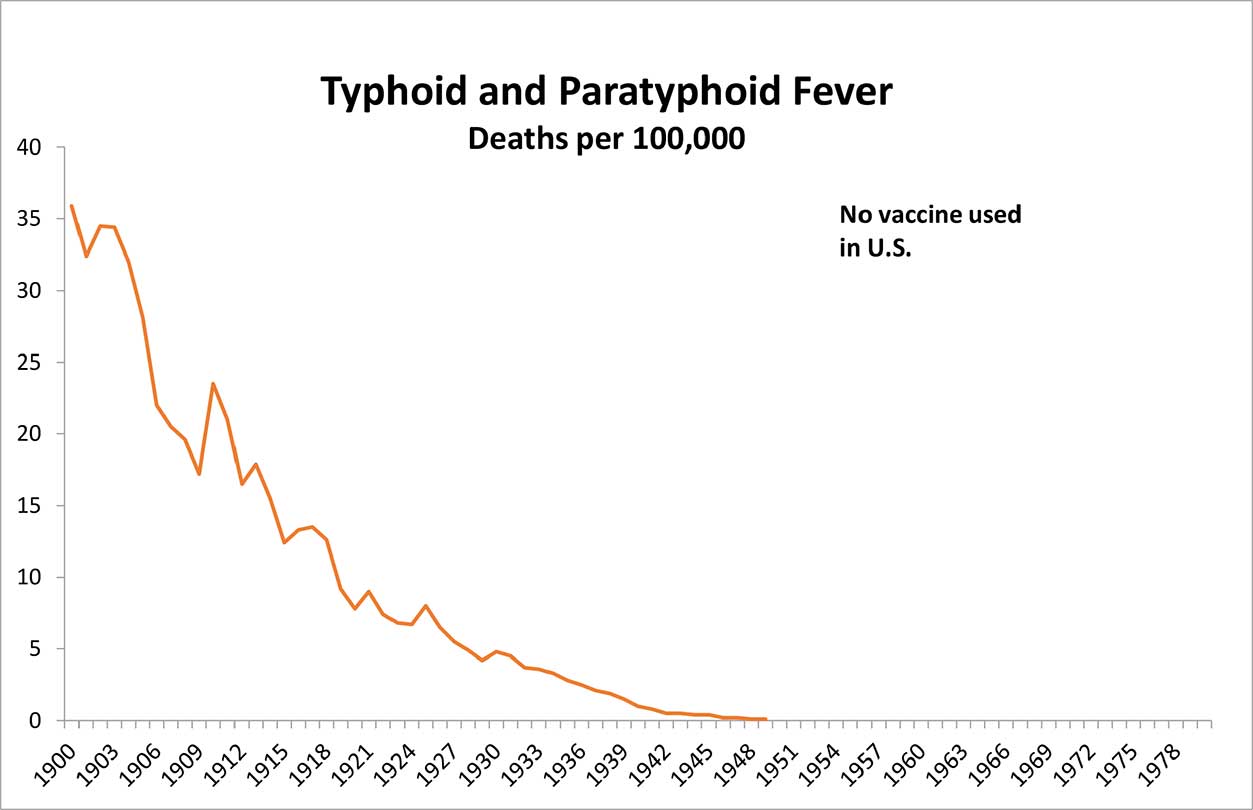There are many examples of vaccinated people who get the very disease that they were vaccinated against. Let’s just look at measles as an example.
People Who Get the Measles Vaccine Still Got Measles
According to the CDC, there were 1,249 reports of measles cases in 2019. 142 were in people who were vaccinated. 235 may have been vaccinated. (19)

So 11%-30% of the measles cases were in people who got the measles vaccine.
142 divided by 1249 = 11%
(142+235) divided by 1249 = 30%
Measles outbreaks can occur in people who are vaccinated. Here are some more examples:
More Examples of Vaccinated People Getting the Disease
In March 2003, a measles “outbreak” occurred in a boarding school in Pennsylvania with over 600 students. There were 9 cases of measles. Six of the nine had received two doses of measles vaccine prior to the outbreak. One had received one dose. Two of the nine were not vaccinated.
- A limited measles outbreak in a highly vaccinated US boarding school. Lorraine F Yeung, et al., Pediatrics. 2005 Dec;116(6):1287-91. doi: 10.1542/peds.2004-2718.
In a study in Finland, researchers found “153 cases of measles among vaccinated individuals.” They concluded that it’s “more common than suggested” that the vaccine fails to work.
- Secondary measles vaccine failures identified by measurement of IgG avidity: high occurrence among teenagers vaccinated at a young age. M. Paunio, et al., Epidemiol Infect. 2000 Apr; 124(2): 263–271.
In the Netherlands, a study found 8 people with measles. Six had been vaccinated twice. One was vaccinated once. One was unvaccinated.
- Measles Outbreak Among Previously Immunized Healthcare Workers, the Netherlands, 2014. Susan J M Hahné, et al., J Infect Dis. 2016 Dec 15;214(12):1980-1986. doi: 10.1093/infdis/jiw480. Epub 2016 Oct 7.
A 2014 study in New York found that a person vaccinated twice (a 22 year-old woman) spread measles to 4 other people and two of the four were vaccinated.
- Outbreak of measles among persons with prior evidence of immunity, New York City, 2011, Jennifer B Rosen, et al., Clin Infect Dis. 2014 May;58(9):1205-10.
The HPV vaccine, Gardasil, Is Supposed to Prevent Cervical Cancer. It Prevented Zero Cases When Tested
The reason it prevented zero cases of cancer was because it wasn’t tested for cancer. According to Merck, the vaccine’s manufacturer, testing it for actual cancer prevention would take too long. Here’s a quote:
“There is currently no approved vaccine for the prevention of cervical cancer. Therefore, an Advisory Committee, very similar to today’s procedure, was convened in 2001 to consider the clinical endpoints that would serve as the basis for licensure. At that time, Merck proposed that studying cancer itself isn’t feasible, because it takes too long and it disadvantages too many women. We also had to consider that most HPV infections in pre-cancers regress.” (emphasis added)
- PATRICK BRILL-EDWARDS, M.D. Director, Worldwide, Vaccines Regulatory Affairs, Merck & Co. From: FOOD AND DRUG ADMINISTRATION, CENTER FOR BIOLOGICS EVALUATION AND RESEARCH VACCINES AND RELATED BIOLOGICAL PRODUCTS ADVISORY COMMITTEE MEETING, THURSDAY, MAY 18, 2006
How is that possible?
Because the average age that a woman gets cervical cancer is 50. But Merck tested the vaccine in young women ages 16-26. The insert says:
“The first Phase 2 study evaluated the HPV 16 component of GARDASIL (Study 1, N = 2391 16- through 26-year-old girls and women) and the second evaluated all components of GARDASIL (Study 2, N = 551 16- through 26-year-old girls and women). Two Phase 3 studies evaluated GARDASIL in 5442 (Study 3) and 12,157 (Study 4) 16- through 26-year-old girls and women.” (emphasis added)
If they tested the vaccine for preventing cervical cancer, they would have to wait decades for the results.






